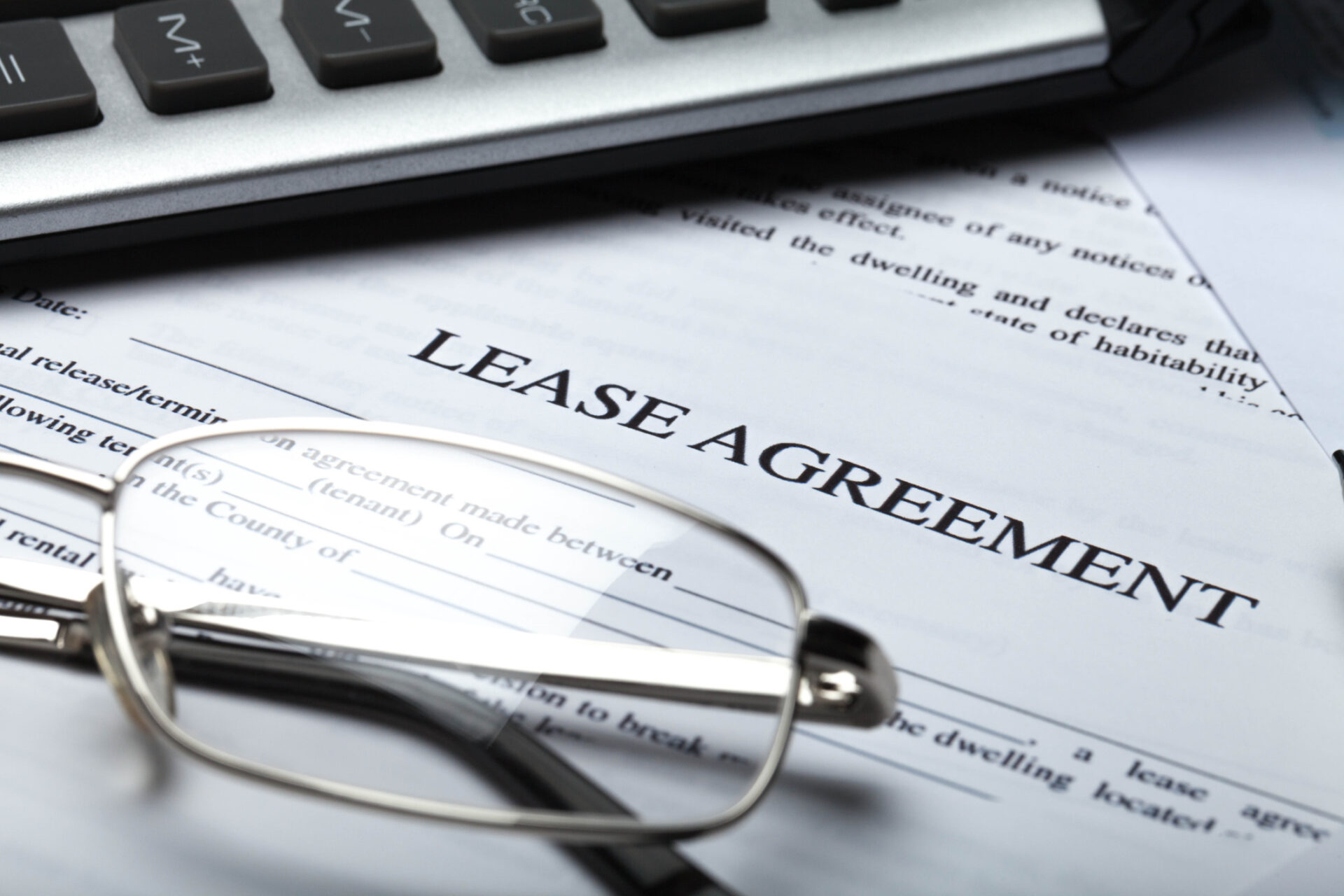Relief is on the way for independent restaurants and those affiliated with groups of 20 locations or fewer. The American Rescue Plan Act, signed into law by President Biden on March 11, 2021, set up a $28.6 billion grant program called the Restaurant Revitalization Fund. Like the Paycheck Protection Program (PPP), the restaurant grant program will be administered by the Small Business Administration (SBA). Grants, which max out at $10 million for any restaurant and its affiliates and are limited to $5 million per physical location, will be based on pandemic-related losses.
Eligible Businesses
In addition to restaurants, the program covers food trucks, bars, coffee houses, brewpubs, food stands and carts, caterers, tasting rooms, and any other business with the primary purpose of serving food or drink to the public. Affiliated businesses, i.e. those in which a business that is itself an eligible entity and has an equity or right to profit distributions of not less than 50% in the RRFG applicant or the contractual authority to control the direction of the RRFG applicant as of March 13, 2020.
Food and drink establishments located in airports and on tribal land are eligible to receive funding, but those operated by a state or local government are not. Other excluded businesses include those with more than 20 locations, publicly traded companies, and any with a pending application for or that have already received a grant under Section 324 of the Economic Aid to Hard-Hit Small Businesses, Nonprofits, and Venues Act (also known as the shuttered venue operators grant).
Loss Calculations
Eligible establishments, including franchisees, may receive a tax-free grant equal to the amount of their pandemic-related losses, minus any funds received from the PPP. Losses are calculated as 2019 gross receipts minus 2020 gross receipts. Other than unused portions, the grants will not have to be paid back.
For restaurants not in operation for all of 2019, their losses will be calculated as the difference between the average monthly gross revenues for 2019 multiplied by 12, and the average monthly gross receipts in 2020 multiplied by 12. Funding will also be available to entities that have not yet opened but have incurred payroll costs. Entities that opened between the beginning of 2020 and the date the Act was signed should calculate their loss as payroll costs minus gross receipts for that period.
Covered Expenses
Grants must be used for qualifying expenses incurred between February 15, 2020, and December 31, 2021. Qualifying expenses include:
- Payroll and paid sick leave
- Principal and interest payments on mortgages
- Rent
- Utilities
- Maintenance expenses
- Supplies, including personal protective equipment and cleaning materials
- Operational expenses
- Any other expense determined to be essential by the SBA
Distribution Priorities
The program sets aside $5 billion to be given to establishments with gross receipts of $500,000 or less in 2019 and distributed in the first 60 days that the Act is law. For the first 21 days of application completions, the SBA is to prioritize grants to businesses owned and controlled by women and veterans and by socially and economically disadvantaged small business concerns. After that, grants will be distributed based on the application date.
The SBA has yet to release further details. Members of Congress are hoping applications will be available in weeks rather than months.
Your InPrime Legal Team
Let your dedicated InPrime Legal team help you navigate the requirements and details of the Restaurant Revitalization Fund. To learn more about how our experienced attorneys can assist your business, contact InPrime Legal online today or call us at 770-282-8967.
Disclaimer: This blog should not be used as a substitute for competent legal advice from one of our licensed attorneys.










